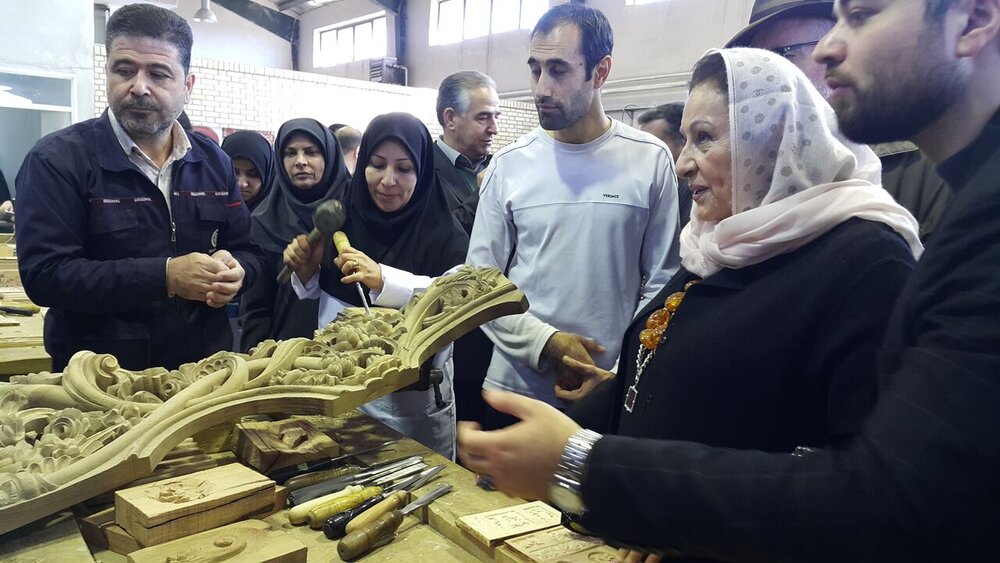Malayer, a global hub for woodcarving and carved-wood furniture

TEHRAN – Late January this year, Iran’s Malayer was named a global hub for woodcarving and carved-wood furniture by the World Crafts Council - Asia Pacific Region (WCC-APR).
Located in west-central Hamedan province, the ancient city is home to over 4,000 furniture workshops in which more than 8,000 wood masters and some 25,000 crafters are engaged.
Although the art had been practiced in Malayer from a long time ago, it is about a half century that it has gained prosperity in the region.
In some cases, the whole family are occupied with traditional furniture making and although they didn't make much money this way, their love for handicrafts and the increasing perseverance of woodcarving artists of Malayer shows today a new face of this art-craft to the world.
Artists and crafter of this region use the wood of beech, walnut and plane trees to make different products such as traditional, classic, steel and sofa furniture. Their other products are dining table, desk, all kinds of chair, bed and decorative pieces.
Currently more than 60 percent of the furniture and woodcarving products in Iran is reportedly produced in Malayer and they are sent to various Iranian cities or being exported to Central Asian countries, Persian Gulf littoral states, Turkey and Iraq amongst some others.
Known in classical times as Ecbatana, Hamedan was one of the ancient world’s greatest cities. Pitifully little remains from antiquity, but significant parts of the city center are given over to excavations, and there’s a scattering of historical curiosities.
Ecbatana was the capital of Media and was subsequently the summer residence of the Achaemenian kings and one of the residences of the Parthian kings. According to ancient Greek writers, the city was founded in about 678 BC by the semilegendary Deioces, who was the first king of the Medes. The Greek historian Herodotus described the city in the 5th century BC as being surrounded by seven concentric walls.
AFM/MG
Leave a Comment